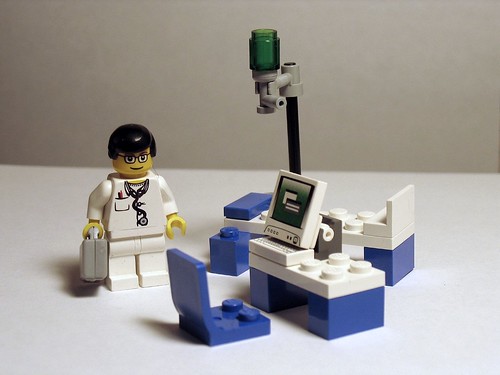Wow! I’ve made it to Week 5 in a MOOC. Also, OMG! Ed Startup 101 lasts 16 weeks so I’m not even a third of the way through yet!
But if I’ve reached a crisis moment in my participation in this MOOC, it’s not because of its duration, a waning commitment, or my otherwise busy schedule.
The Pain Test: The Results
I'm really struggling as I think and write my way through the weekly assignments, as they're all framed in terms of launching a startup. Particularly challenging: last week’s topic of “The Pain Test,” followed by this week’s — how to verify that your “pain” is a pain for others as well, and how to move forward from there with monetization plans.
Stephen Downes was among the first to push back on my post last week:
“I encounter this a lot in my day job. “It’ s Week 4 of Ed Startup 101, and the class is moving on to tackle “ The Pain Test.” That is, you might’ve identified your idea for an education startup, but does this idea really address a problem?” The idea of course is that your innovation - your startup - needs to address an area of genuine need. I get that, but the pain test isn’t it. Before the iPod, people didn’t feel the pain of not having an iPod. Before MOOCs, there was no burning need for a MOOC. The best innovations create demands for things people didn’t realize they needed. But these invariably fail the pain test.”
(With or without the iPod reference) There’s an echo of Steve Jobs’ famous quotation there: “It’s really hard to design products by focus groups. A lot of times, people don’t know what they want until you show it to them.” Passing the pain test is not a great advancement or innovation, Downes argues.
Mis-diagnosing the Pain
During the recording of our weekly podcast, Steve Hargadon too wanted to talk about my “Pain Test” post. We made the analogy of medical testing here, and wondered if the pain test's framing could actually lead to incomplete or mis-diagnoses. That is, if we identify a pain and then look to remedy it with a product or service (a bandaid), does that mean that we don't investigate more deeply, that we don't address root causes or systemic issues?
If the “pain” of a broken education system is that standardized test scores are too low, for example, the “remedy” could very well be more test prep apps — hey, there's a startup idea for ya! And so the disease remains untreated even if one symptom is purportedly addressed.
Steve also noted that despite my frustrations with much of ed-tech journalism that I had to admit in that post that the problems that I’d identified (such as pageview-chasing and press-release-rewriting) aren’t necessarily pains that other folks experience. Folks still read, retweet, and share on Facebook stories from [fill-in-the-blank with vapid but popular tech news source of your choice].
This week's assignment for Ed Startup 101 was to talk to others about this pain, ask them the same questions, compare notes and such. The responses from Downes, Hargadon, and other commenters offered me some insights into that, I suppose. But more importantly, they struck me that, all my frustrations with ed-tech journalism aside, writing for, and talking to, and learning with others about ed-tech is far more interesting to me than solving a problem.
And so can I prove I have a “monetizable pain” here on Hack Education? Frankly, that doesn’t even feel like the right question to ask.
Photo credits: Jay Reed
